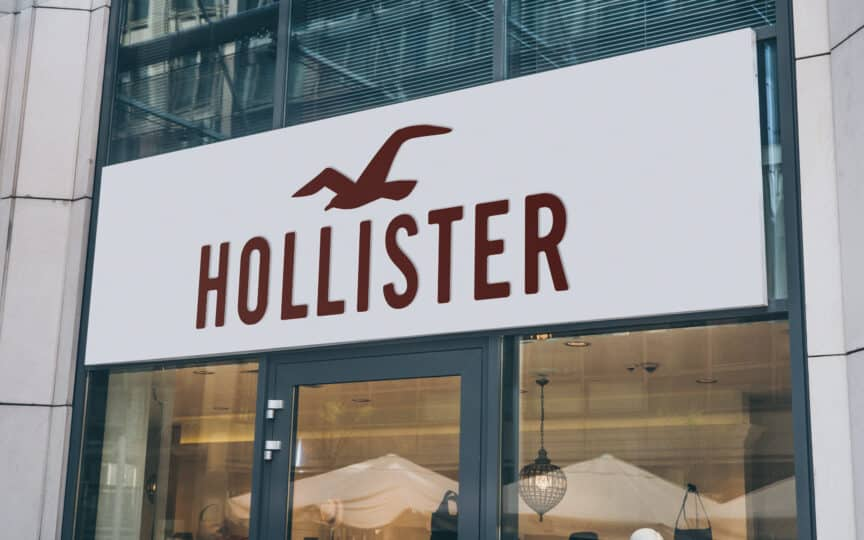In today’s fashion industry, consumers are becoming increasingly conscious of where their clothing comes from and how it is produced. A frequently asked question in this space is: Is Hollister fast fashion? Known for its California-inspired aesthetic, Hollister has long been a favorite among teens and young adults. But with the rise of sustainable fashion movements, shoppers are beginning to evaluate whether brands like Hollister fall into the category of fast fashion, or if they are moving toward more ethical and sustainable practices.
Understanding Fast Fashion
Before diving into Hollister’s operations, it’s important to define what fast fashion actually means. Fast fashion refers to a business model where brands produce inexpensive clothing rapidly in response to the latest trends. This often results in:
- High production volume
- Low-quality materials
- Frequent new collections
- Environmental and ethical concerns due to waste and labor practices
Brands that follow this model tend to prioritize speed and cost efficiency over sustainability.
Hollister’s Brand Identity
Hollister, a subsidiary of Abercrombie & Fitch Co., markets itself as a casual, laid-back brand inspired by Southern California’s surf and beach lifestyle. The company has carved a niche with trendy basics, denim, and youthful styles that appeal to younger audiences. On the surface, its frequent seasonal launches and trend-driven designs might raise questions about whether Hollister fits into the fast fashion category.
Production and Affordability
When assessing is Hollister fast fashion, one key factor to consider is pricing. Hollister’s prices are generally higher than ultra-fast fashion retailers like Shein, Forever 21, or H&M. While Hollister offers frequent discounts and promotions, its standard pricing suggests a mid-range positioning. However, the speed at which new collections are introduced indicates some alignment with fast fashion strategies.
Supply Chain and Sustainability Efforts
One of the biggest critiques of fast fashion is its lack of transparency in supply chains. Hollister, through its parent company Abercrombie & Fitch, has made strides to publish sustainability goals. These include:
- Reducing greenhouse gas emissions
- Sourcing more sustainable materials like organic cotton and recycled fabrics
- Committing to fair labor practices
Although these initiatives show progress, sustainability advocates argue that Hollister still has a long way to go before it can separate itself from fast fashion practices. The brand’s ongoing reliance on mass production and global supply chains continues to raise concerns.
Consumer Perspective
From a consumer standpoint, Hollister occupies a unique space. It provides affordable, stylish clothing with a brand image that feels more premium compared to budget fast fashion chains. However, shoppers are increasingly demanding more transparency. Many fashion-conscious buyers are questioning if Hollister can evolve from trend-focused clothing into a brand that champions long-term sustainability.
Comparing Hollister to Fast Fashion Giants
To fully answer the question, “Is Hollister fast fashion?”, it’s useful to compare it against known fast fashion leaders:
- Shein: Produces thousands of new items weekly at ultra-low prices.
- Zara: Releases new collections every few weeks with high turnover.
- H&M: Known for mass production but making sustainability pledges.
Compared to these giants, Hollister produces fewer collections and at higher price points, but it still mirrors many characteristics of fast fashion. While it may not be the most extreme example, Hollister does fall under the broader fast fashion umbrella.
Conclusion
So, is Hollister fast fashion? The answer is yes, but with nuances. While Hollister is not as aggressive in production as ultra-fast fashion brands, its trend-driven collections and large-scale supply chain still align it with fast fashion practices. At the same time, the company is making moves toward sustainability, though it has significant room for improvement.
For shoppers who care about style but also want to make ethical choices, exploring alternatives that prioritize eco-friendly production is key. Websites like [Oxastyle.com] provide valuable insights and options for consumers looking to balance fashion with sustainability.
